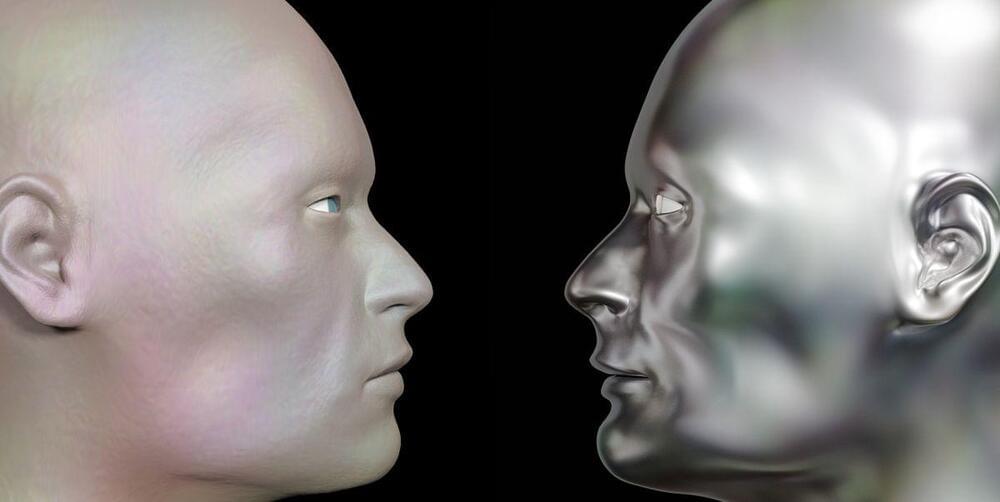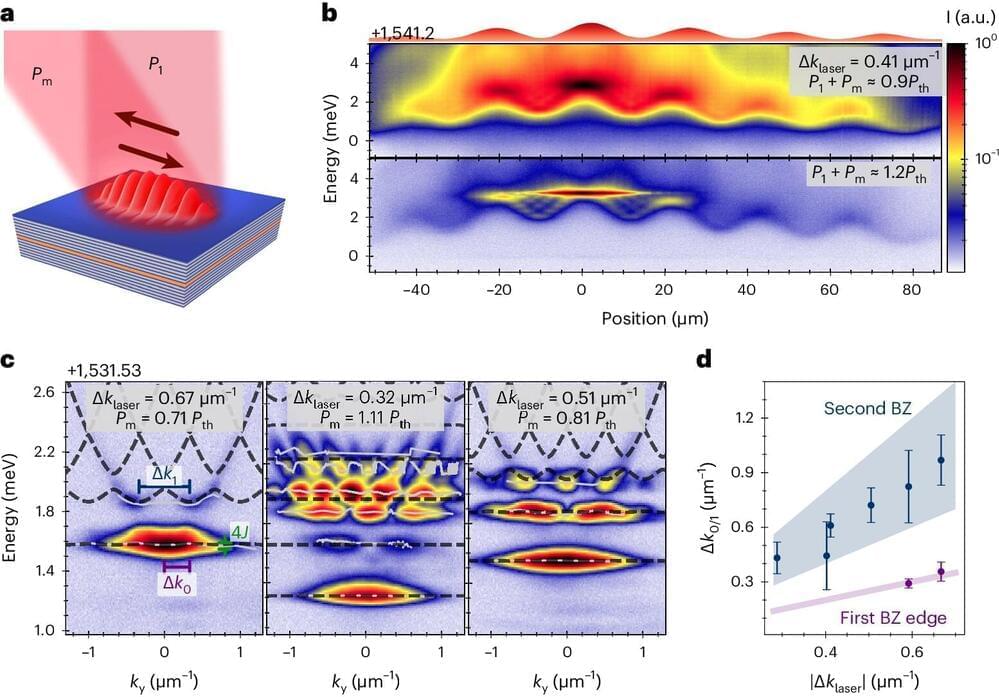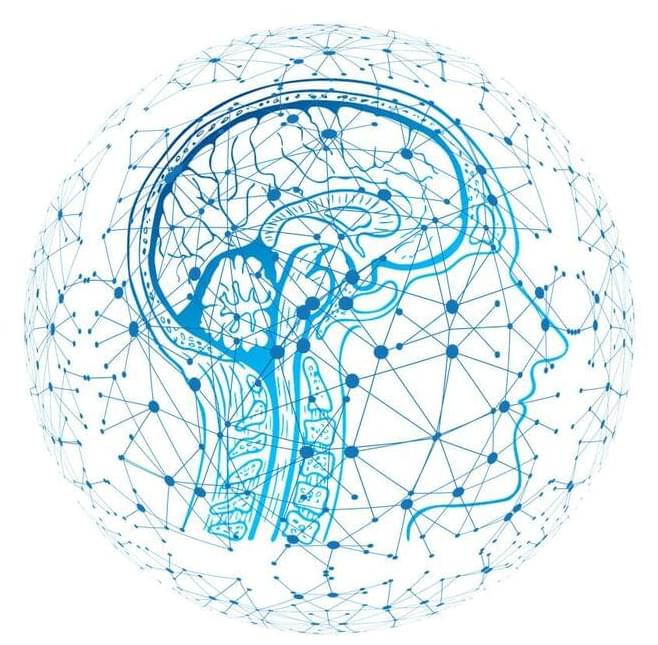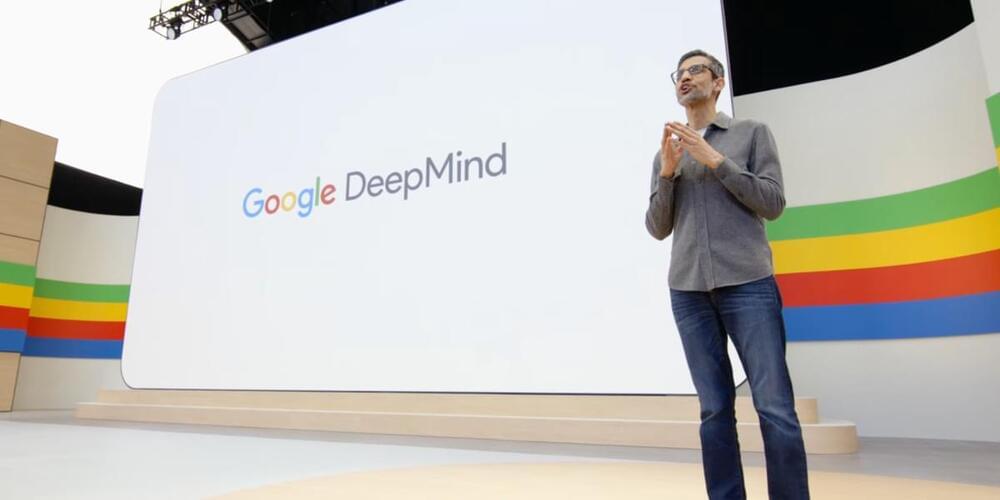Page 861
May 15, 2024
New research presents ‘mini-brains’ that could advance Alzheimer’s treatment
Posted by Shubham Ghosh Roy in categories: biotech/medical, neuroscience
Using an innovative new method, a University of Saskatchewan (USask) researcher is building tiny pseudo-organs from stem cells to help diagnose and treat Alzheimer’s.
May 15, 2024
Gravitas: A new underwater warfare, is India prepared?
Posted by Raphael Ramos in categories: drones, military, robotics/AI, surveillance

Underwater recon and attack drones are about to enter war zones.
Australia has unveiled ‘Ghost Shark’, an underwater drone that is capable of surveillance, intelligence collection and attacking enemy targets. The U.S. has a ‘Monster Manta’ that can carry a range of payloads, carry out long-range missions. Countries around the world are developing unmanned underwater vehicles for the next war at sea. What about India?
Continue reading “Gravitas: A new underwater warfare, is India prepared?” »
May 14, 2024
DARPA Funding Military-Grade Quantum Laser Prototype
Posted by Dan Breeden in categories: military, quantum physics
DARPA is funding the development of a military-grade quantum laser prototype that can penetrate dense fog and operate over long distances.
How Big Tech, startups, AI devices, and trade wars will transform the way chips are made and the technologies they power.
May 14, 2024
Unlocking consciousness: A new frontier in neuroscientific fusion
Posted by Dan Breeden in categories: biotech/medical, neuroscience
In a recent paper published in the International Journal of Psychiatry Research, Dr. Gerard Marx from MX Biotech and Prof. Chaim Gilon from the Hebrew University of Jerusalem present an innovative integration of two notable neuroscience theories—the Global Neuronal Network (GNW) hypothesis and the Tripartite Mechanism of Memory.
May 14, 2024
Scientists create an ‘optical conveyor belt’ for quasiparticles
Posted by Dan Breeden in categories: particle physics, quantum physics
An “optical conveyor belt” that can move polaritons—a type of light-matter hybrid particle—in semiconductor-based microcavities.
This asymmetric response of the confined polaritons breaks time-reversal symmetry, driving non-reciprocity and the formation of a topological band structure.
Photonic states with topological properties can be used in advanced opto-electronic devices where topology might greatly improve the performance of optical devices, circuits, and networks, such as by reducing noise and lasing threshold powers, and dissipationless optical waveguiding.
Continue reading “Scientists create an ‘optical conveyor belt’ for quasiparticles” »
May 14, 2024
Atoms squished closer together than ever before, revealing seemingly impossible quantum effects
Posted by Paul Battista in categories: particle physics, quantum physics
Using a clever laser technique, scientists have squished pairs of atoms closer together than ever before, revealing some truly mind-boggling quantum effects.
May 14, 2024
Optimizing Machine Learning Controllers with Digital Twins
Posted by Laurence Tognetti, Labroots Inc. in categories: information science, internet, mapping, robotics/AI
“Big machine learning models have to consume lots of power to crunch data and come out with the right parameters, whereas our model and training is so extremely simple that you could have systems learning on the fly,” said Robert Kent.
How can machine learning be improved to provide better efficiency in the future? This is what a recent study published in Nature Communications hopes to address as a team of researchers from The Ohio State University investigated the potential for controlling future machine learning products by creating digital twins (copies) that can be used to improve machine learning-based controllers that are currently being used in self-driving cars. However, these controllers require large amounts of computing power and are often challenging to use. This study holds the potential to help researchers better understand how future machine learning algorithms can exhibit better control and efficiency, thus improving their products.
“The problem with most machine learning-based controllers is that they use a lot of energy or power, and they take a long time to evaluate,” said Robert Kent, who is a graduate student in the Department of Physics at The Ohio State University and lead author of the study. “Developing traditional controllers for them has also been difficult because chaotic systems are extremely sensitive to small changes.”
Continue reading “Optimizing Machine Learning Controllers with Digital Twins” »

















